1,984cc DOHC All-Alloy 4-Cylinder Engine 2 Weber DCO Carburetors 160bhp at 6,500rpm 4-Speed Manual Transaxle Independent Front Suspension – Live Rear Axle 4-Wheel Hydraulic Alloy Drum Brakes *Unrivalled provenance with roll call of racing and celebrities of the day *Extensively documented with massive history file containing lovely period images *Comprehensively restored by Ferrari Classiche *Red Book Ferrari Classiche certified and Marcel Massini report on file *Pebble Beach Concours d'Elegance 1st in Class Award *Eligible for the most prominent events including the Mille Miglia "In addition to its extensive competition career, this blue spyder also has celebrity fingerprints all over it. How about Porfirio Rubirosa, the Dominican Republic Playboy/Diplomat, Zsa Zsa Gabor and James Dean from the entertainment business and future world champion Phil Hill, John von Neumann and Richie Ginther from Ferrari's West Coast race history?" FERRARI'S WORLD CLASS RACER - THE MONDIAL In 1952 and 1953, Enzo Ferrari had taken the world by storm, with back to back wins in the FIA's new Grand Prix-class Driver's World Championship. The motor manufacturing company that he had created immediately postwar on the back of the incredible success that his Scuderia Ferrari had achieved 1930-37 running Alfa Romeo cars – and from 1933 their Works cars - was already set for greatness. Legendary racer Alberto Ascari had moved over from the Maserati team to pilot Mr. Ferrari's Grand Prix cars, producing outright Championship victory, first in 1952 and then for the second consecutive year, in 1953. Those seasons were run to 2-liter unsupercharged Formula 2 rules, and so the victorious Ferraris were their iconic '500' series 4-cylinder single seaters, their tapered 'cigar' shape being immortalized as miniature cars in every boy and girl's toy box! At the heart of those victories were power units designed by Aurelio Lampredi, who had created a series of new, naturally-aspirated engines, initially larger-capacity V12 designs, then these 2-liter four cylinder units, which adhered to the nomenclature that the company chose at that point signifying the unit capacity of a single cylinder, being approximately 500cc. They were cast in light alloy, with hemispherical heads and featured screw in steel liners, with dual magneto ignition. These torquey boisterous units produced more than 170bhp. A Lampredi engined 500 F2 car made its debut in the 1951 Formula 2 events. With the growing appeal of Sports Car Racing, Ferrari would also employ these units to build road/race cars for which he was seeing growing potential. He cleverly had that unit blended into a more accessible sports racer that he could sell to the increasing number of privateer gentleman racers of the period, and true to form christened it the 'Mondial' (Italian for World – as in World Champion). For coachwork Ferrari turned to the two local houses, Scaglietti and Pinin Farina, both creating wind cheating barchettas with higher waist lines than their predecessors, in line with current design traits. In all, some 27 Mondial Ferraris were constructed, 2 coupes, and the rest as open sports racers, the balance swings slightly in Pinin Farina's favor with 14 coming from their house, and earlier cars such as this can be differentiated by their windshields running flat across the scuttle. Pinin's cars also evolved over the course of production, the earliest one mirroring the pronounced noses of their 375MM, whereas later cars like this having a lighter stance. The earliest Mondials were in commission by March 1954 and were ready to campaign the Mille Miglia in May that year. There, Vittorio Marzotto drove a Works entry, and two further 500s were fielded by privateers, he brought the new car home in 2nd Overall, ironically behind Ascari's Lancia D24. They proved as equally effective on the road as the track, Lampredi's torquey 4 cylinder marrying well with a lightweight frame and bodywork to give it a nimble edge.
1,984cc DOHC All-Alloy 4-Cylinder Engine 2 Weber DCO Carburetors 160bhp at 6,500rpm 4-Speed Manual Transaxle Independent Front Suspension – Live Rear Axle 4-Wheel Hydraulic Alloy Drum Brakes *Unrivalled provenance with roll call of racing and celebrities of the day *Extensively documented with massive history file containing lovely period images *Comprehensively restored by Ferrari Classiche *Red Book Ferrari Classiche certified and Marcel Massini report on file *Pebble Beach Concours d'Elegance 1st in Class Award *Eligible for the most prominent events including the Mille Miglia "In addition to its extensive competition career, this blue spyder also has celebrity fingerprints all over it. How about Porfirio Rubirosa, the Dominican Republic Playboy/Diplomat, Zsa Zsa Gabor and James Dean from the entertainment business and future world champion Phil Hill, John von Neumann and Richie Ginther from Ferrari's West Coast race history?" FERRARI'S WORLD CLASS RACER - THE MONDIAL In 1952 and 1953, Enzo Ferrari had taken the world by storm, with back to back wins in the FIA's new Grand Prix-class Driver's World Championship. The motor manufacturing company that he had created immediately postwar on the back of the incredible success that his Scuderia Ferrari had achieved 1930-37 running Alfa Romeo cars – and from 1933 their Works cars - was already set for greatness. Legendary racer Alberto Ascari had moved over from the Maserati team to pilot Mr. Ferrari's Grand Prix cars, producing outright Championship victory, first in 1952 and then for the second consecutive year, in 1953. Those seasons were run to 2-liter unsupercharged Formula 2 rules, and so the victorious Ferraris were their iconic '500' series 4-cylinder single seaters, their tapered 'cigar' shape being immortalized as miniature cars in every boy and girl's toy box! At the heart of those victories were power units designed by Aurelio Lampredi, who had created a series of new, naturally-aspirated engines, initially larger-capacity V12 designs, then these 2-liter four cylinder units, which adhered to the nomenclature that the company chose at that point signifying the unit capacity of a single cylinder, being approximately 500cc. They were cast in light alloy, with hemispherical heads and featured screw in steel liners, with dual magneto ignition. These torquey boisterous units produced more than 170bhp. A Lampredi engined 500 F2 car made its debut in the 1951 Formula 2 events. With the growing appeal of Sports Car Racing, Ferrari would also employ these units to build road/race cars for which he was seeing growing potential. He cleverly had that unit blended into a more accessible sports racer that he could sell to the increasing number of privateer gentleman racers of the period, and true to form christened it the 'Mondial' (Italian for World – as in World Champion). For coachwork Ferrari turned to the two local houses, Scaglietti and Pinin Farina, both creating wind cheating barchettas with higher waist lines than their predecessors, in line with current design traits. In all, some 27 Mondial Ferraris were constructed, 2 coupes, and the rest as open sports racers, the balance swings slightly in Pinin Farina's favor with 14 coming from their house, and earlier cars such as this can be differentiated by their windshields running flat across the scuttle. Pinin's cars also evolved over the course of production, the earliest one mirroring the pronounced noses of their 375MM, whereas later cars like this having a lighter stance. The earliest Mondials were in commission by March 1954 and were ready to campaign the Mille Miglia in May that year. There, Vittorio Marzotto drove a Works entry, and two further 500s were fielded by privateers, he brought the new car home in 2nd Overall, ironically behind Ascari's Lancia D24. They proved as equally effective on the road as the track, Lampredi's torquey 4 cylinder marrying well with a lightweight frame and bodywork to give it a nimble edge.
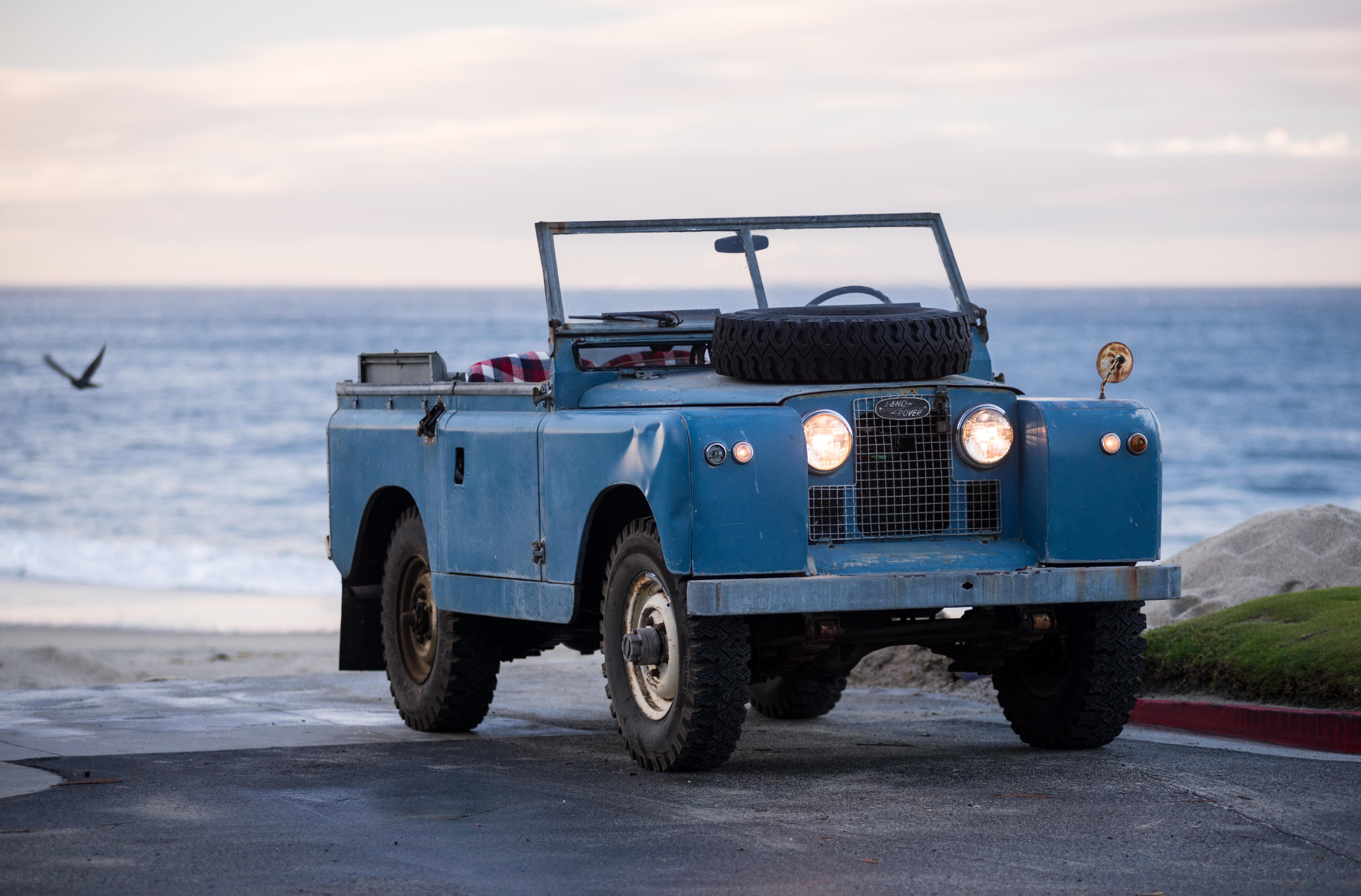

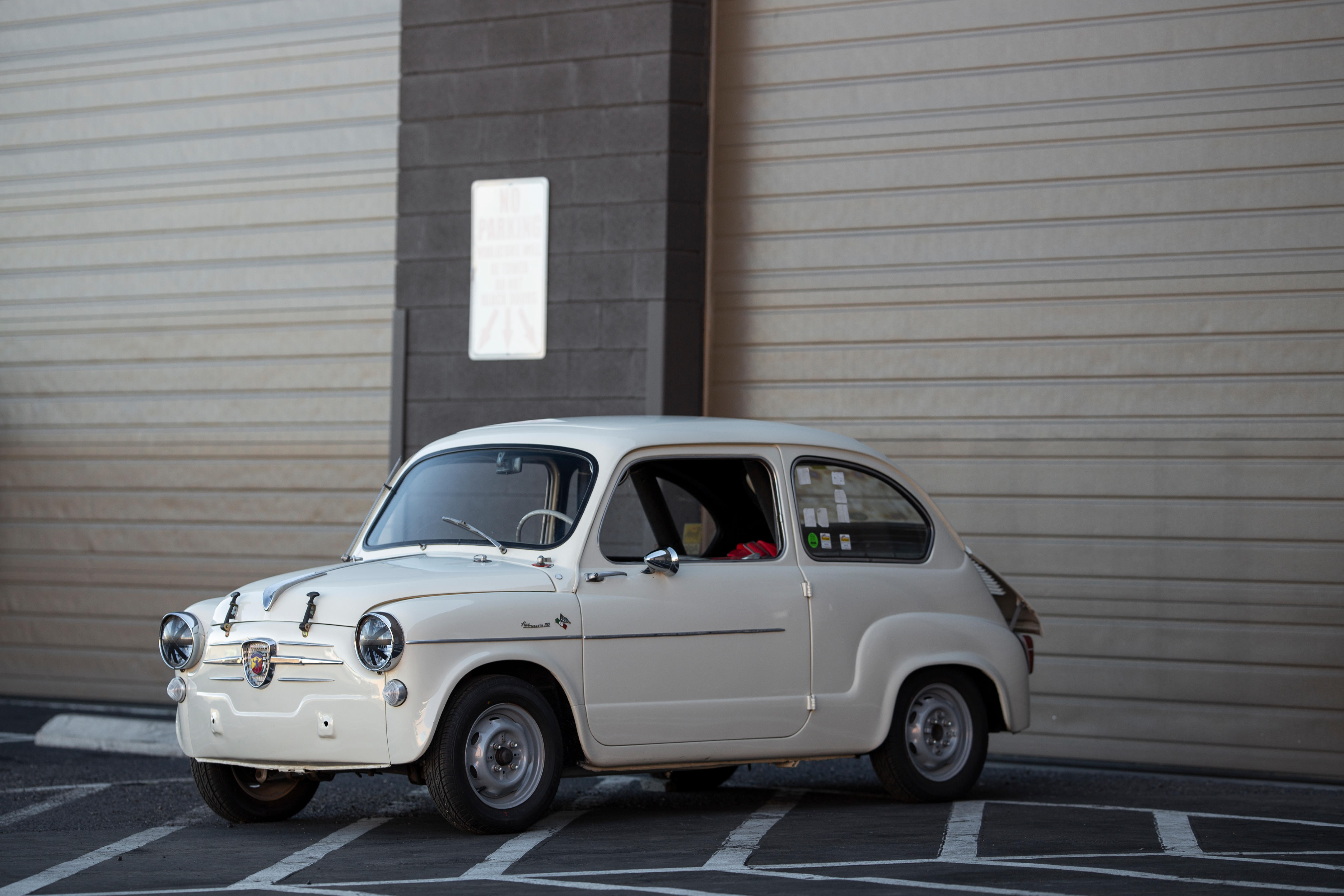
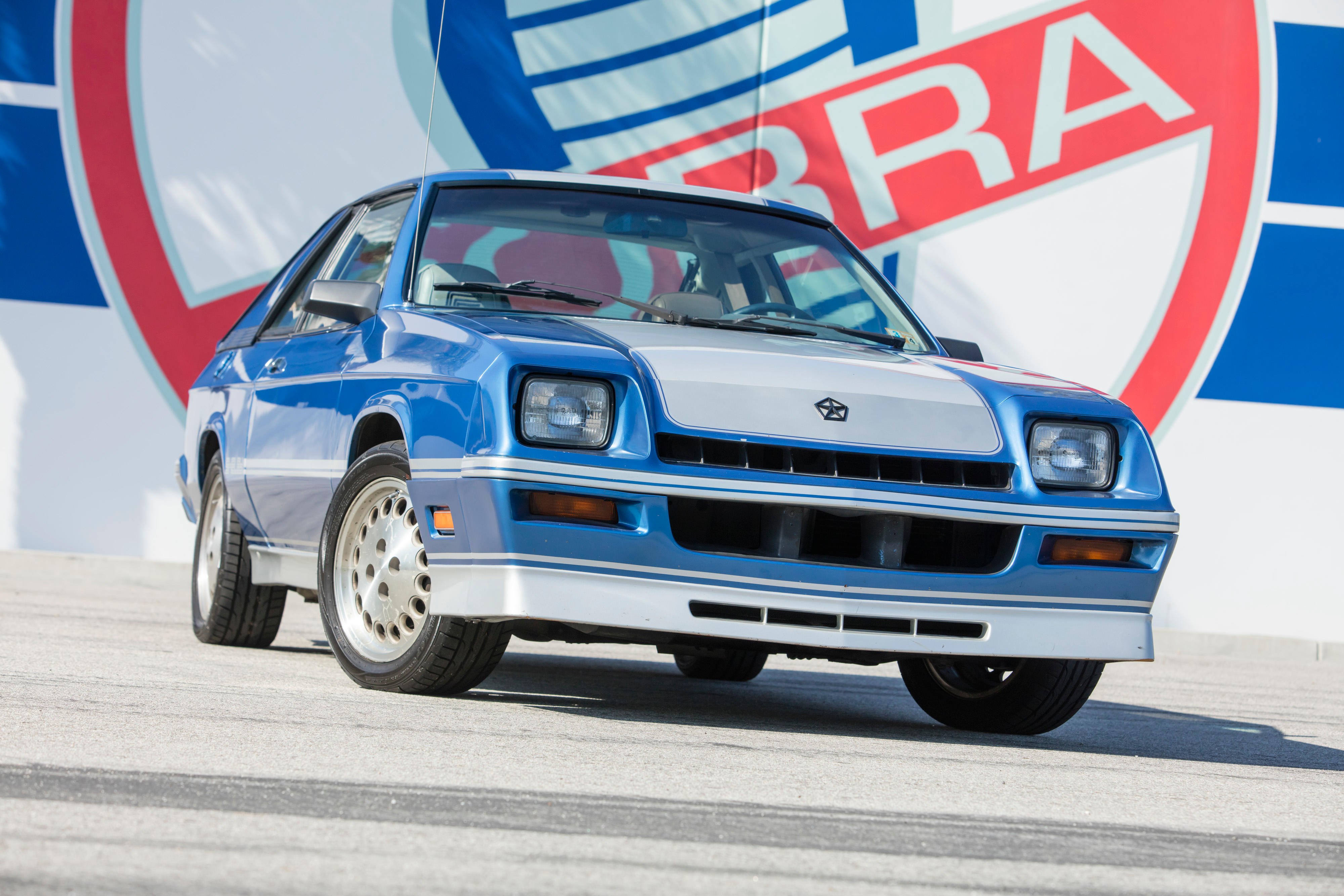
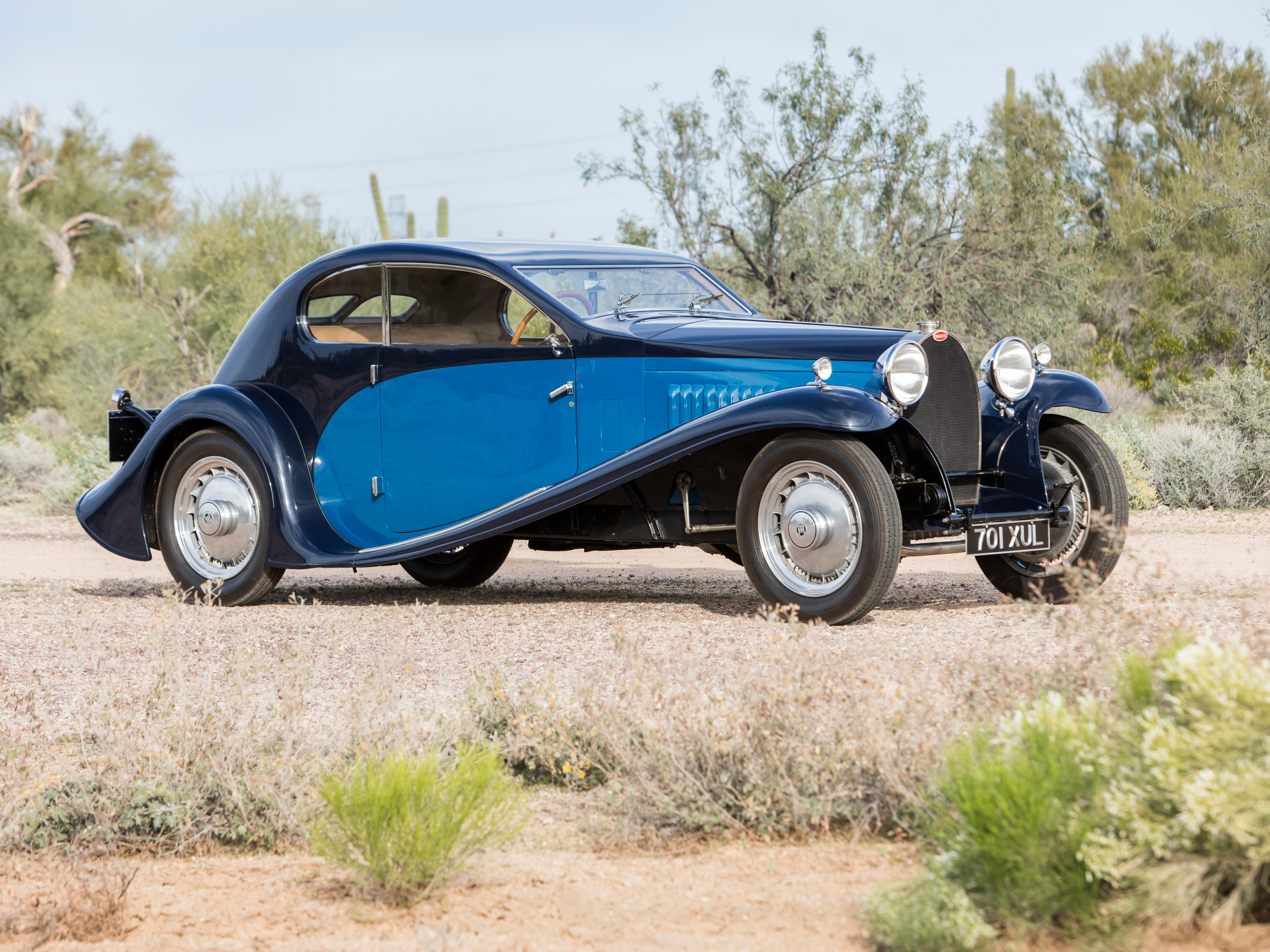
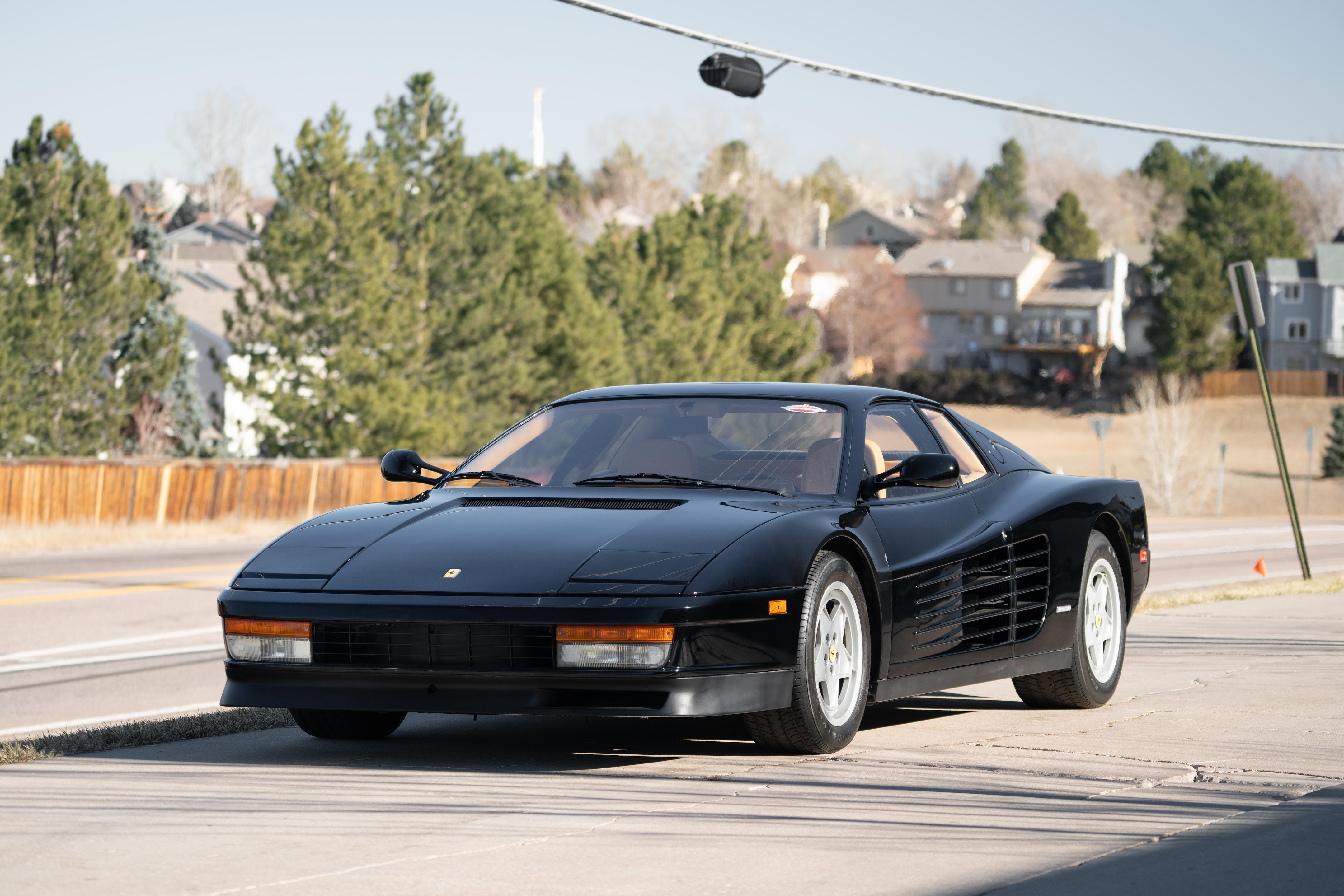
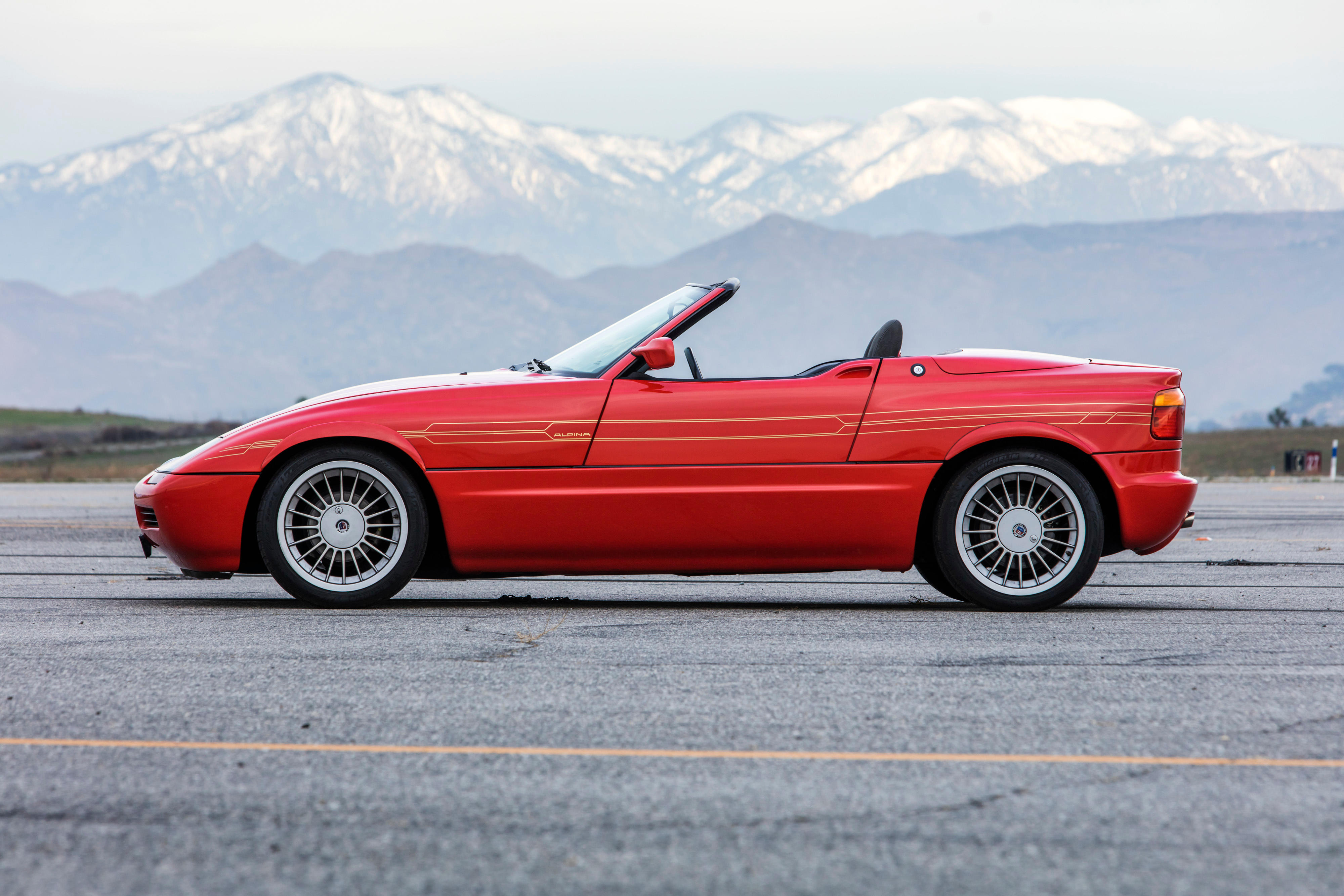
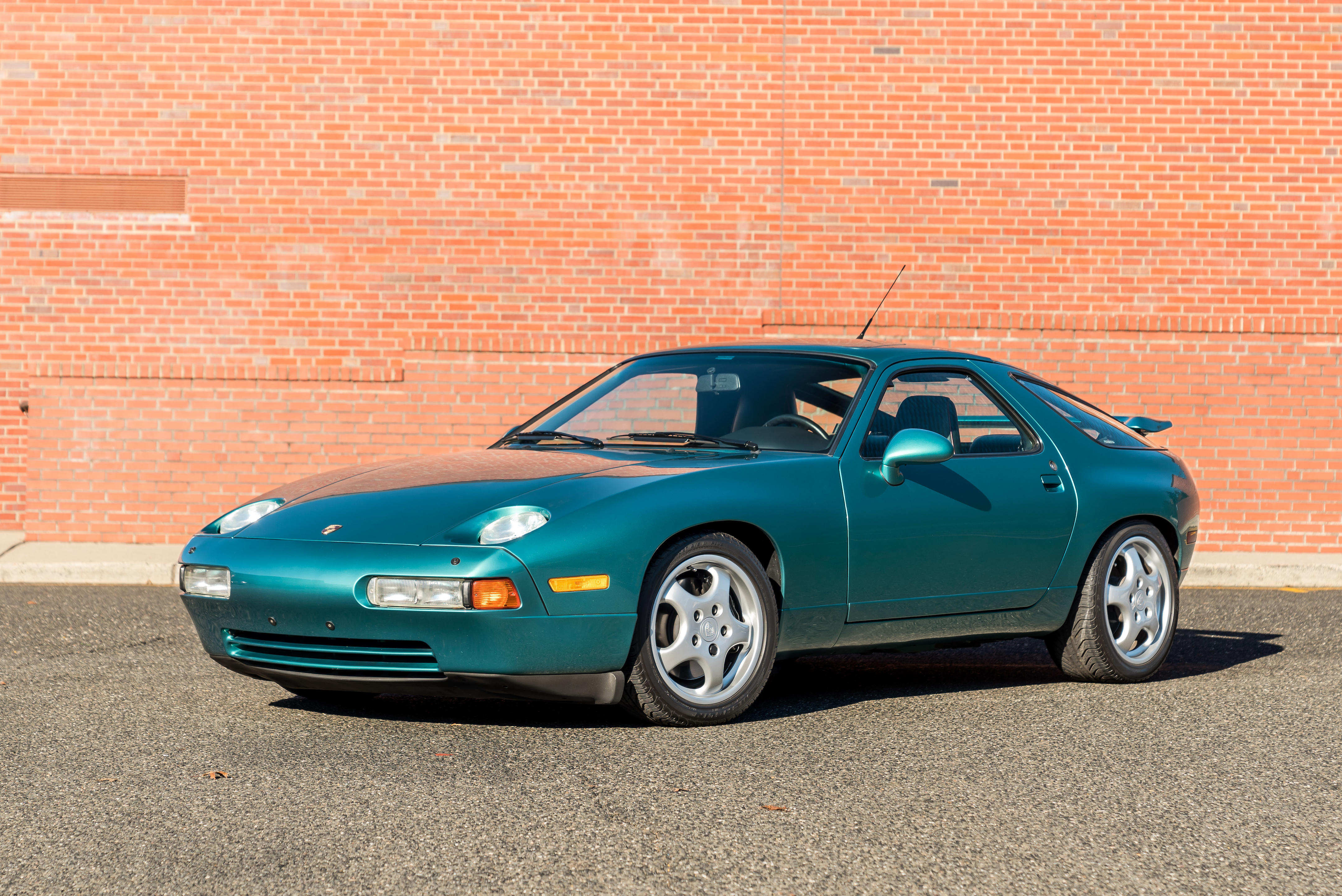
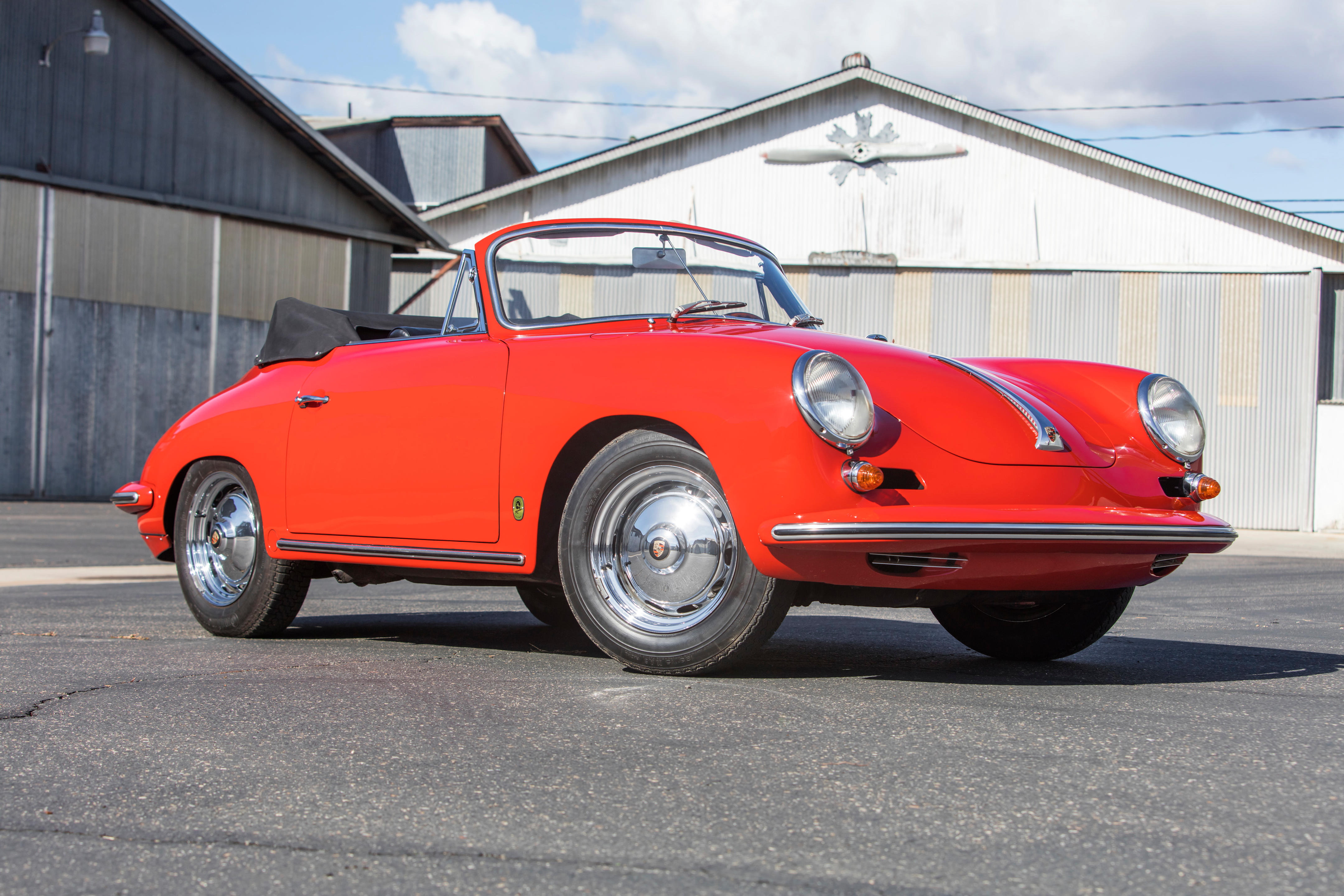

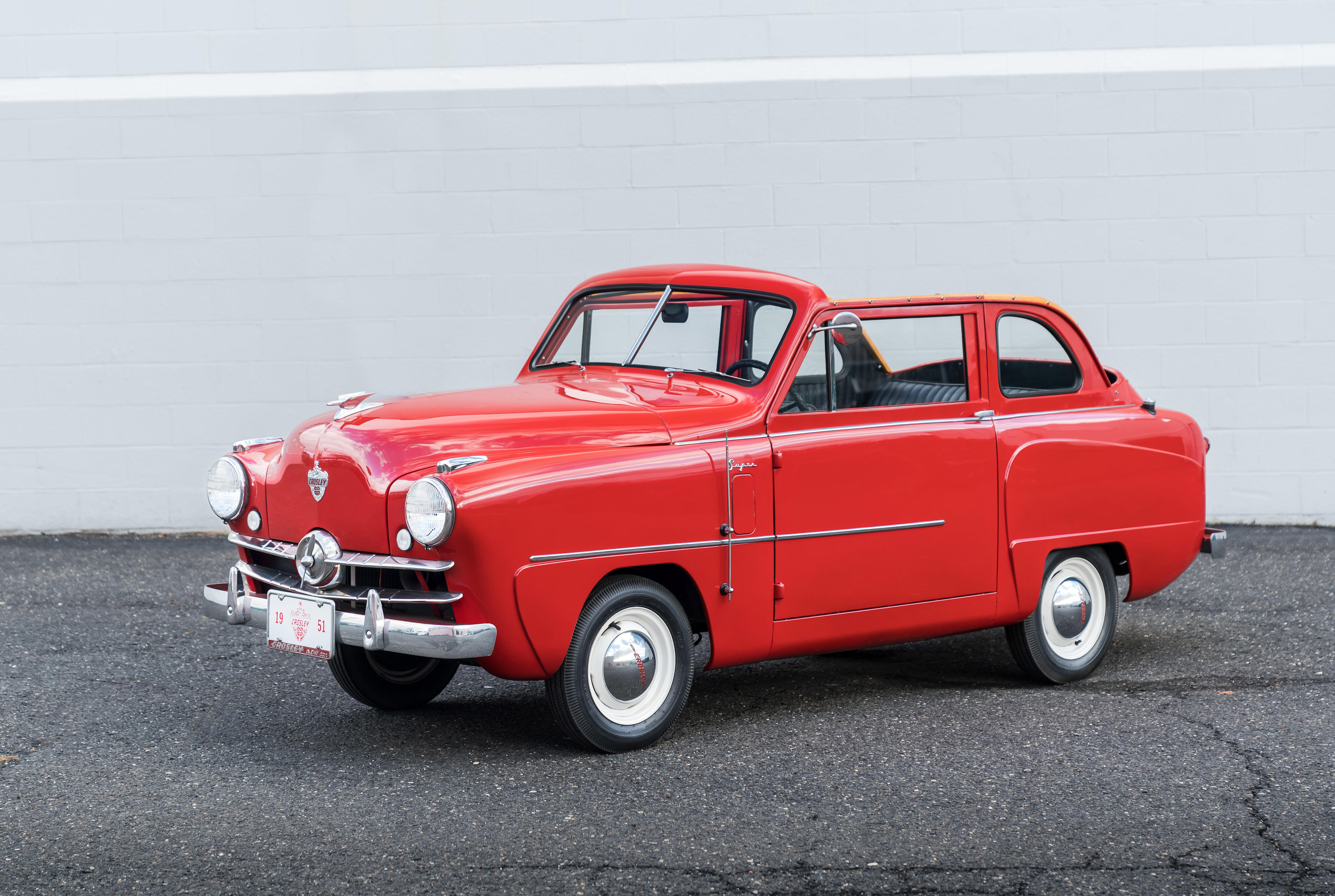
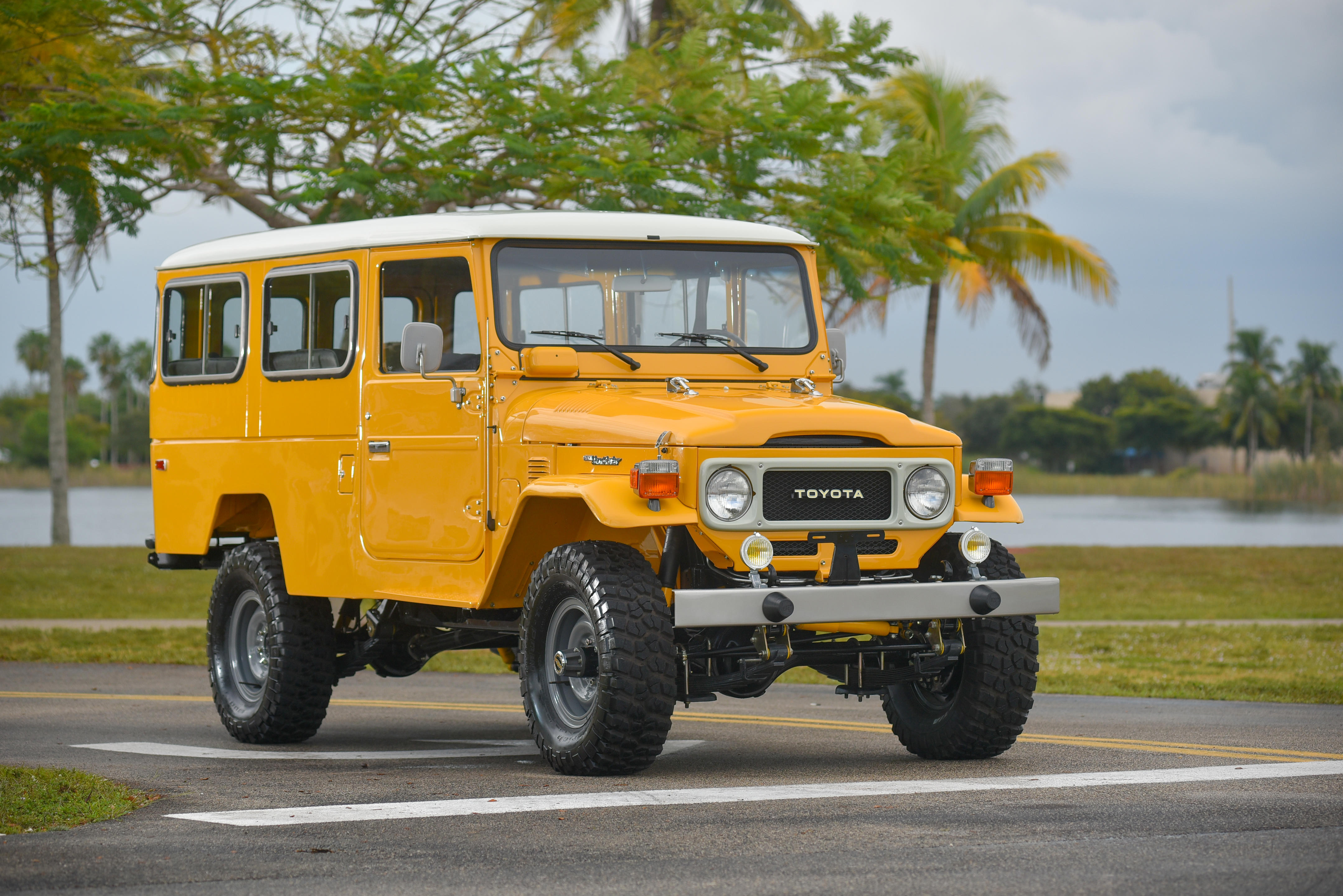
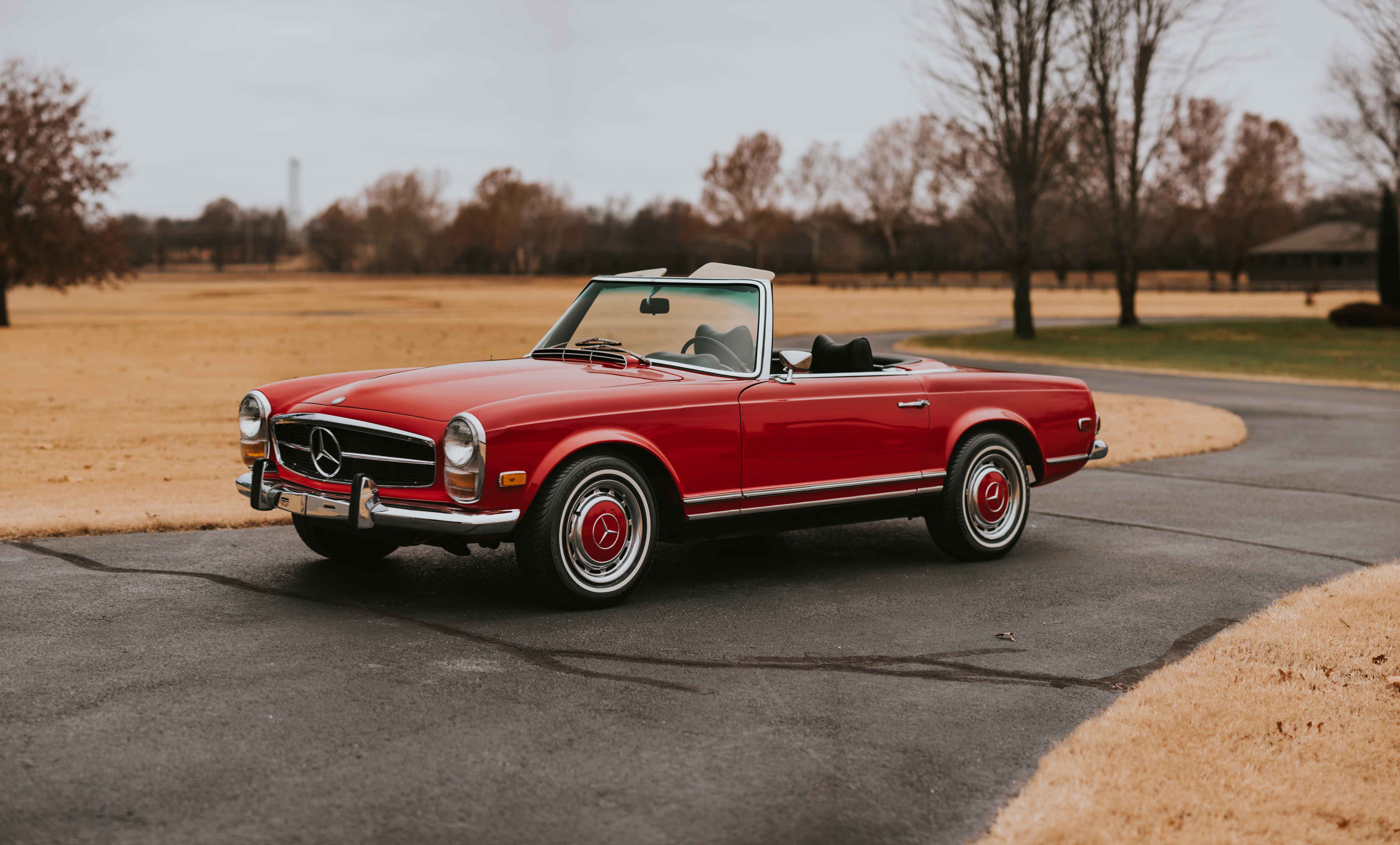
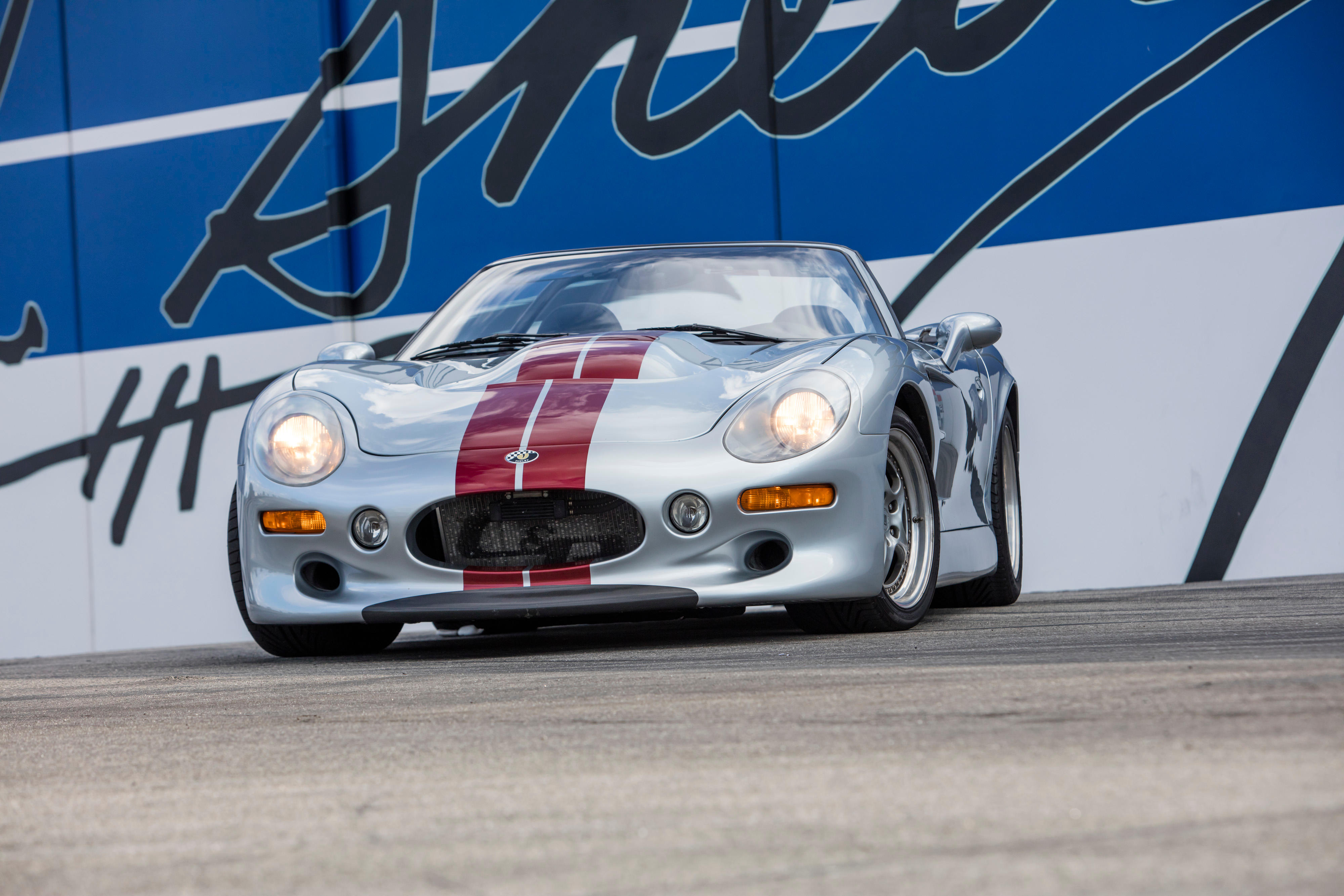

Testen Sie LotSearch und seine Premium-Features 7 Tage - ohne Kosten!
Lassen Sie sich automatisch über neue Objekte in kommenden Auktionen benachrichtigen.
Suchauftrag anlegen